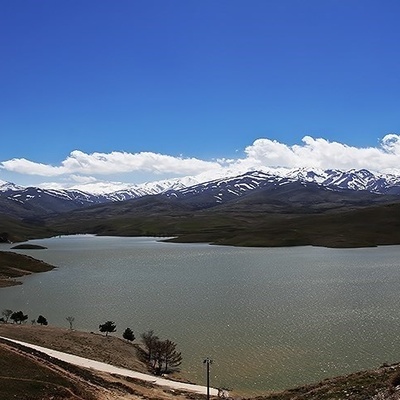Saeadnews: The artificial intelligence system spent weeks analyzing the image of the Holy Mary to capture facial expressions and details in a dynamic way. This project, using databases containing real human facial features and pre-trained models, was able to transform abstract features into a realistic image.

According to Saadnews' Science and Technology Service, quoting Asriran, a Mexican artist used artificial intelligence to create a realistic image of the Holy Mary, depicting her as a teenage girl with long black hair, dark eyes, and a wheat-colored complexion. Miguel Ángel Umanía Rojas reconstructed this image based on a 700-year-old cloth from San Juan in Mexico.
Technology Serving History
The artificial intelligence system spent weeks analyzing the image of the Holy Mary to capture facial expressions and details dynamically. Using databases containing real human facial features and pre-trained models, the project was able to turn abstract features into a realistic image.

Cultural and Religious Significance
An interesting point is that throughout history, different cultures have depicted Mary's appearance according to their own characteristics. For instance, the Virgin of Guadalupe has been portrayed with a combination of Native American and European features. Theologians believe that when Mary appeared, she chose a familiar form for her followers.

Symbol of Justice and Resistance
Pat Mora, author of the book La Virgen de Guadalupe: Our Lady of Guadalupe, says, "She is recognized as a symbol of justice. This is due to her appeal to the poor and marginalized. Today, we can view her as a representative of the people standing against oppression and declaring their independence."

Technical Details of the Project
Umanía Rojas created these images in 2021, and his AI system identified and reconstructed key features such as facial structure, skin color, and facial expression. The technology used added realistic textures to the skin and hair, creating a vivid and natural image.
Historical and Religious Narrative
According to the Bible, when Jesus was born, Mary and Joseph took him to be blessed. There, a man named Simeon, who was waiting for the Messiah, prophesied the death of the child. According to Christian beliefs, Jesus was crucified in the spring of 33 AD for claiming leadership over the Jews, which was considered treason against the Roman emperor.

This digital reconstruction opens a new window into history and allows us to view the face of one of the most influential figures in history through the lens of modern technology.

